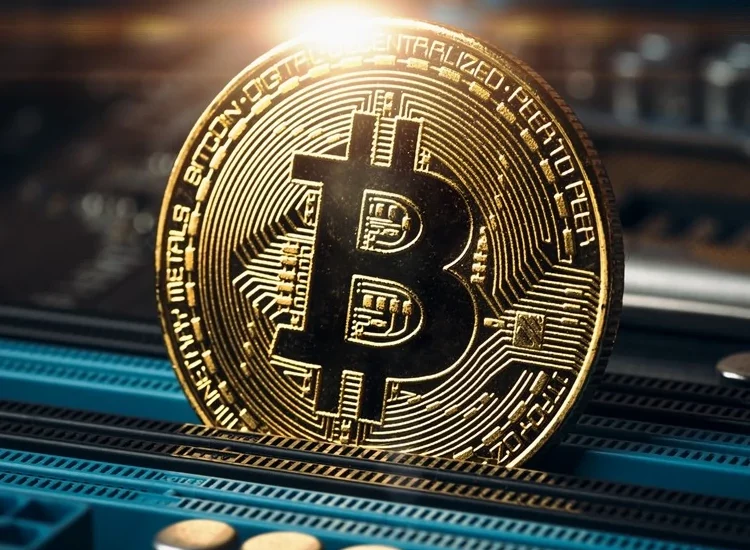Cryptocurrency mining is a cornerstone in the blockchain network. It’s a complex process that involves solving mathematical problems to validate transactions and secure the network. This article will demystify cryptocurrency mining, explain how it works, and explore the technologies at play.
The Essence of Cryptocurrency Mining
Cryptocurrency mining is crucial for maintaining and securing a blockchain network. Miners use computer hardware to solve cryptographic puzzles. If they successfully solve a puzzle, they get the right to add a new block to the blockchain. This is essential for confirming and validating the transactions within the block.
The first cryptocurrency, Bitcoin, employs this mining process. Miners are rewarded with newly minted Bitcoins and transaction fees – an incentive that motivates them to keep the network running.
Delving into the Mining Process
- Transaction Verification: Miners collect transactions from the network. These transactions are then grouped together in a memory pool, or ‘mempool’.
- Block Creation: The miner selects transactions from the mempool to create a ‘block’. This block contains the transaction data, the reference to the previous block (known as the parent block), and a nonce – a random value.
- Solving the Puzzle: Miners now attempt to find a hash – a fixed-size string of numbers and letters – that meets certain criteria. This involves varying the nonce and hashing the block’s contents until a suitable hash is found. This is computationally intensive and is known as Proof-of-Work.
- Block Verification: Once a miner finds a valid hash, they broadcast the block to the network. Other miners verify that the transactions within the block are valid and that the hash meets the required criteria.
- Block Addition: Once verified, the new block is added to the blockchain.
The Hardware behind Cryptocurrency Mining
Cryptocurrency mining is resource-intensive. Initially, miners used CPUs to mine cryptocurrencies. However, as the puzzles became more complex, more powerful hardware was required.
- GPUs: Graphics Processing Units became popular for mining due to their ability to perform many calculations simultaneously.
- ASICs: Application-Specific Integrated Circuits are custom chips optimized for the mining process. They are extremely efficient but less versatile than GPUs.
- Mining Rigs: Some miners combine multiple GPUs to form a mining rig, increasing their mining power.
- Mining Pools: Individual miners can join mining pools, where they combine their computational power. When the pool mines a block, the reward is distributed among the members based on their contribution.
The Role and Impact of Cryptocurrency Mining
The process is indispensable for the security and integrity of the blockchain network. It prevents double-spending, validates transactions, and secures the network against attacks.
However, mining consumes a massive amount of electricity and computing power. This has raised concerns regarding its environmental impact, especially with Proof-of-Work-based cryptocurrencies like Bitcoin.
The Evolution and Future of Cryptocurrency Mining
As the cryptocurrency space evolves, mining is undergoing transformations. The growing concern over the environmental impact of mining has led to the exploration of alternatives to the energy-intensive Proof-of-Work algorithm. Proof-of-Stake, for example, selects validators based on the number of coins they hold and are willing to ‘stake’ as collateral.
In conclusion, cryptocurrency mining is an intricate and vital component of the blockchain network. It involves the use of specialized hardware to solve cryptographic puzzles, which facilitates the addition of new blocks to the blockchain. As the blockchain ecosystem evolves, mining technologies and methodologies are likely to adapt to address challenges and optimize the process further. Understanding the mechanics and role of cryptocurrency mining is crucial for anyone delving into the world of cryptocurrencies.
Learn more about blockchain at PINIGUS Launchpad blog.
